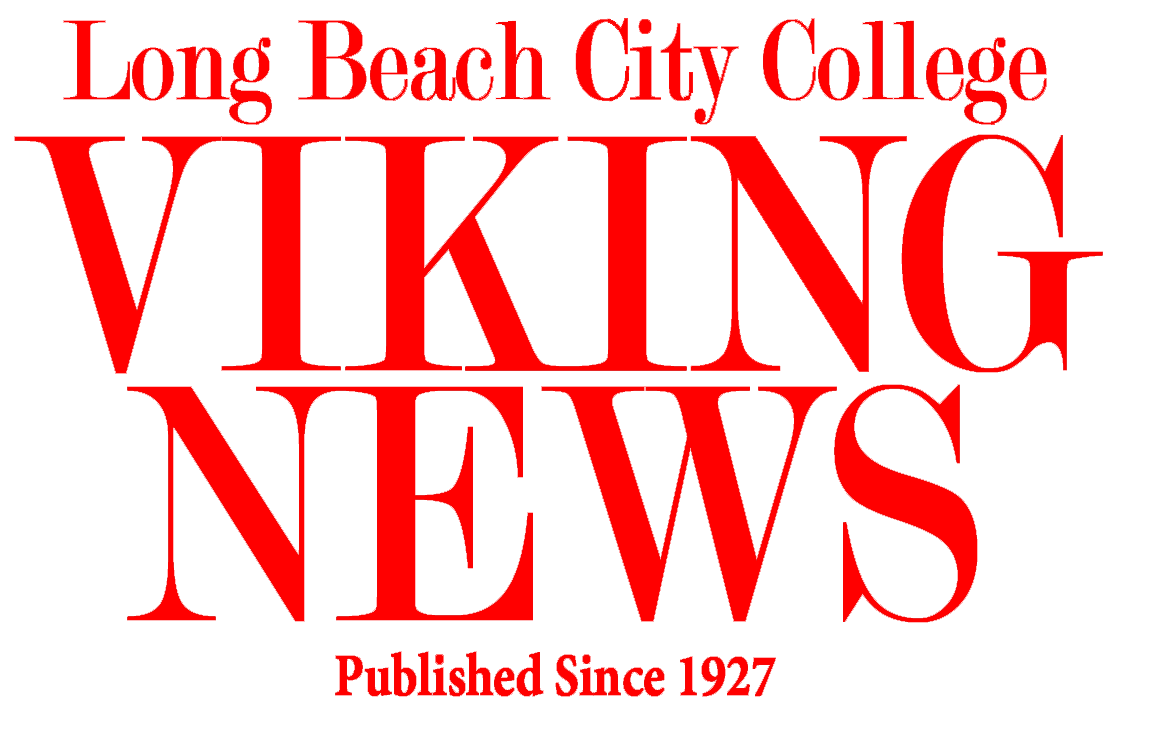The COVID-19 pandemic will have serious impacts on LBCC’s budget-resulting in a loss of revenues and increased spending of about $1.9 million dollars, according to new projections shared during LBCC’s board of trustees meeting April 22.
The budget impact comes from lost revenues of facility usages, local fees such as parking fees, and increased spending of overtime for IT staff among many other factors necessary to maneuver through the coronavirus pandemic.
According to Lou Anne Bynum, the superintendent president of LBCC, furloughing, laying off of staff and impacts to student work study programs at LBCC will not be expected.
Bynum and Marlene Drinkwine, LBCC’s vice president of business services, spoke about the new budget projections for 2020 post COVID-19, and how staff and students will be impacted during phone interviews April 30.
When asked how the loss of revenue due to the COVID-19 pandemic will directly affect students and staff, Bynum said, “I don’t think it is. Our essential efforts through the chancellor’s office is to ensure that we get the funding we need to support our students, faculty and education.”
Drinkwine said, “The factors and variables are so uncertain, it’s difficult to answer. The district has done a phenomenal job building up reserves so that we can manage our budget in difficult economic times.”
Factors affecting the 2020 budget include how long the pandemic will last and how COVID-19 will affect future enrollment rates, but mainly, “The uncertainty with the budget has to do with the May revise,” said Bynum.
The May revision is an essential tool used by the state to update the governor’s economic and revenue outlook and make revisions to the governor’s proposed budget.
The May revision is based on income taxes paid previously by April 15, allowing a budget to be implemented by June 15.
However, because taxes will be delayed until July 15 this year due to the ongoing pandemic, the May revision will be unavailable until later in August.
“We’ll probably have a workload budget, which pretty much gives you the same thing you have the year before. There’ll be an August revision, and probably 45 days after that we’ll have a budget. We’ll be a quarter into the year before we know what our budgets gonna be at LBCC,” said Bynum.
Because of the uncertain budget, spending must be done as cautiously as possible, and every opportunity to save money must be heavily considered, according to Drinkwine.
“Cuts, think of it as absences of new expenditures. It’s really important that we’re not expanding expenditures until we know how this will affect our budget,” said Drinkwine.
Drinkine describes LBCC as a service industry, whose number one expenditure is on salary and benefits for staff, leaving little wiggle room to cut costs.
“You can think of the typical costs of doing business: utility bills, IT equipment, to custodial cleaning supplies. We run a lean operation. We want to hold the line and not expand on those costs. That’s our best approach at this level,” said Drinkwine.
LBCC will utilize one-time salary savings, restructuring of staff, applying for FEMA reimbursements and will be tapping into reserves money to offset the impact of COVID-19 on the budget according to Drinkwine.
However, Bynum warned that in the long run, tapping to reserves is never the best option.
“We deficit spent last year. The reserves do help, they have some restrictive funds in them… It isn’t money you can just tap into. We just have to make sure we do start saving as much as we can to reduce deficit spending.”
The deficit projected in February 2020 rose to almost $7.6 million, but LBCC’s ability to reduce its deficit in 2018 shows hope that it will be able to do the same this year as well according to Drinkwine.
In addition to reserves money, the CARES act funding of $14.6 million given to LBCC has also proven to be helpful, according to both Bynum and Drinkwine.
Half of the funding, $7.33 million, is being used directly in cash-aid for students.
When asked if the CARES funding is enough, Bynum said, “It’s never enough as much as I’m concerned, but it’s helping tremendously. We can leverage some funds from other areas too, but that $7 million is for basic needs for students, transportation, child care, supplies.”
“We’ve got laptops with that money for students, hotspots, wifi, we used it for vouchers for food and home insecurity. It’s a great chunk of money and we really appreciate it, but we need it for student needs,” Bynum said.
“CARES act funding is critical because it lets us make these movements of still paying employees, essential or remotely working. We hope that the state is able to provide us with a continuation of our funding,” Drinkwine said.
State funding is crucial to LBCC and with the COVID-19 pandemic affecting the state budget, LBCC can expect to receive its share in the state deficit as well.
Bynum said, “Our funding comes from the state. We have to get very creative. We got a very active foundation and workforce and we’re good at getting grants and mitigating problems.”
Students will continue to be able to find work-study, as well as continue to have all the necessary services such as mental and physical health services, according to Drinkwine.
“State and federal programs help us employ students. As long as the funding exists from those sources, we can still continue to provide those services like employing students.”
The new student centered funding formula (SFF) issued by California Governor Jerry Brown in 2017 will also be impacting LBCC on top of the COVID-19 pandemic.
LBCC is currently in a hold harmless status, meaning it will be given four years to transition to SFF and continue growth in completion and graduation rates in order to be eligible for more funding.
Once LBCC is no longer in hold harmless status in 2021, Drinkwine said, “After that we are funded exactly on our numbers. We’re hopeful for an extension, because our ability to continue growth in those areas is being hampered by COVID-19”.
LBCC has projected 2020’s full-time enrollment student population (FTES) to exceed 20,000, which, while providing the school a much needed large college status and funding, will also mean LBCC must provide 28 new full-time staff or be subject to the FON penalty again.
The FON penalty has now been suspended by the chancellor’s office, according to Bynum, though the penalty will be reassessed later on, according to Drinkwine.
“We are expected to have to hire on those 28 staff eventually,” Drinkwine said.
LBCC currently is dependent on its adjunct, part-time faculty to teach students and cannot continue hiring practices due to the pandemic.
Nevertheless, the FTES, though highly uncertain, usually rises during economic downturns, and might be projected to do the same now.
In regards to the FTES, Drinkwine said, “It’s a pretty dynamic number…we’re unsure what the impact will be, but we know from some sources, we might have an increase in high school enrollment.”
Due to classes being conducted online and no on-campus student life, high school students might want to skip out on paying higher fees for private or four-year colleges and attend community colleges in order to save money.
“It won’t be until fall enrollment numbers that we know what the impact will be. This is a unique situation, we’re tracking those numbers closely. It really matters to us to see what students withdraw also. Unless we have major enrollment, our revenue should hold steady,” Drinkwine said.
With increased numbers of students, a return to classes in the fall might prove difficult to pull-off with social distancing in place.
Smaller class sizes could lead to increased expenditures as well, and although costs to restructure buildings won’t be an issue, other costly initiatives can take place.
“We are preparing for different potential ways to accomplish it. We’re in the preliminary stages of that. Doing things like erecting physical barriers at student and public service offices, taking it one step at a time, and ensuring the safety of all students, faculty and staff,” Drinkwine said.
Uncertainty about enrollment rates, the late May revision, where to cut costs and how long the COVID-19 pandemic lasts continues to increase daily with updates.
However, according to both Drinkwine and Bynum, what remains certain is LBCC’s desire to have the budget revolve around student needs, education and safety.
Drinkwine said, “How we serve students, how we deliver education, is set by the college and then the budget just reflects that. One of our jobs is to say, this is how much revenue we expect to have for the year, and how do we best allocate resources to serve our college priorities.”
Bynum said, “I want students to know that everybody is here for them, and I want them to continue their education. I don’t want anybody dropping off, education is the opportunity for the future. We’re here for them. There’s contacts and resources for COVID-19.”
“I agree with President Bynum,” said Drinkwine, “Students shouldn’t see the impact on the budget, it’s our responsibility. When we manage budget challenges, we manage it in a way where it’s invisible to students.”
“Not expanding expenditures, we still will have counseling, tutoring, all those services, behind the scenes we’ll be finding opportunities to reduce expenditures with no impact on provision of services to students,” Drinkwine said.


